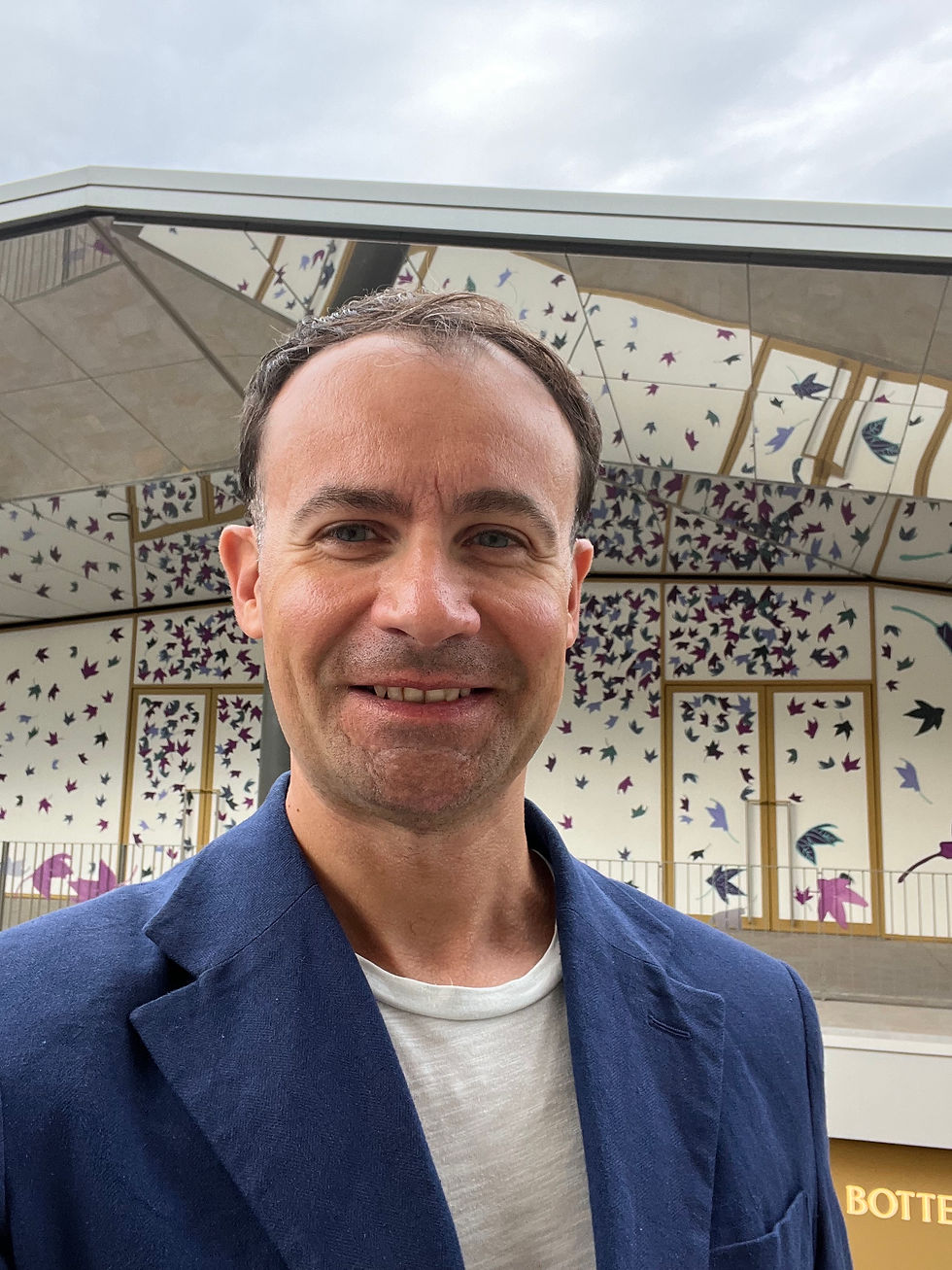Sprinklers give a boost to 'Soft Mobility' in Monaco.
- M Abti
- Oct 26, 2022
- 3 min read
Updated: Nov 19, 2022
Mobility is a crucial issue in measuring human impacts on the environment. Traveling is an integral part of human nature allowing us, human beings, to express ourselves better and increase our cultural knowledge. It is possible to do this in harmony with the natural environment without having to regress technologically. Preparing an appropriate plan to encourage Soft Mobility and the use of low-carbon emissions vehicles is a fundamental part in the drive to a fully sustainable future. Not by chance, Mobility is one of the eco drivers of the Energy Transition White Paper of the Principality of Monaco, launched by H.S.H. Prince Albert II of Monaco in 2017 with the ambitious goal to make Monaco carbon neutral by 2050. With a little more than 58,000 employers (IMSEE Monaco Statistics 2021) operating on the Monegasque territory mainly coming from the neighbouring areas, managing trafic is pivotal. To implement the objectives set by the Gouvernement Princier, the involvement of the entire community in all its nuances has been requested on the basis that every daily gesture must aim at Sustainability.

The commitment of local authorities has gradually led to a growing increase in electric cars which represent now more than 11% of the Monegasque registered car fleet. An adequate 'Monaco-on' fast-charging stations network have been therefore implemented as a new Public Parking Service. A large renovation is being held to improve fire safety while users leave their car parked. Sprinklers are among the key infrastructures on which Monaco's Government is aiming at. It consists of automatic water-operated devices that are activated when a certain temperature threshold exceeded. That makes it possible to eradicate any start of fire from its birth. Existing already on most of Monaco's territory, their installation is a necessary condition for every new electric charging station.
The public works currently in progress at Parking des Ecoles and Parking des Carmes have this precise goal. A traffic alternator in Boulevard du Larvotto is therefore managing the trafic until the 8th November 2022 for this purpose.
The Athena, Port, Agaves and Papalins car parking areas will also benefit from the extension of the sprinkling system following the deployment of new charging stations.

Soft Mobility: where does it spring out?
Pushing urban areas to adopt more 'soft mobility' ways of transport is already a global 'mantra', reiterated in keynote speeches, public acts and action plans. Also known as 'active mobility', it includes all moving means that does not imply combustion engines, including the ones generated by the 'human energy', provided that safe areas are created. Walking, trekking, cycling, roller-skating, etc. are definitely good examples as well as all further environmentally-friendly modes of transportation, like electromobility, notably electric cars. With special regard to large urban spaces, the intermodal use of soft mobility can greatly improve the city carbon footprint by easing heavy traffic during rush hours or approaching public events or entertainment areas, shopping centres and other leisures facilities.

Despite the initial criticism of part of public opinion that considered boosting 'soft mobility' as a serious risk to business and commercial attractiveness, the significant quality-of-life improvement of urban areas as a result of the reduction in heavy traffic, or the total pedestrianisation, of entire neighbourhoods has given new life to local economy and startups, strengthening the contact of citizens with the urban Nature. Thus, an increased number of European capitals are going 'softer'. The Netherlands, for example, holds the highest number of public charging points (per 100 km) for electric vehicles in Europe while Amsterdam, the capital town, has more than 500 kilometres of bike paths. In Denmark, the crucial bridge connecting Copenhagen Inner City with Nørrebro neighbourhood (Dronning Louises Bro bridge) welcomes about 40,000 urban cyclists, every day. London, Paris and Geneva have introduced targeted incentives to purchase an e-bike. Italy introduced public benefits to buy e-scooters, e-bikes and bikes, during the pandemic, as well. The capital town of Spain, Madrid, is leading the rankings for electric-car sharing, while Oslo (Norway), is about to becoming the first capital city provided by a fully electric public transport system. The goal is meant to be attained by the end of 2023 seeking to convert to 100% emissions-free city by 2030. ***
______________________________________
Discover MONACŒCOART® for Business:

By Maurice Abbati

































































Comments